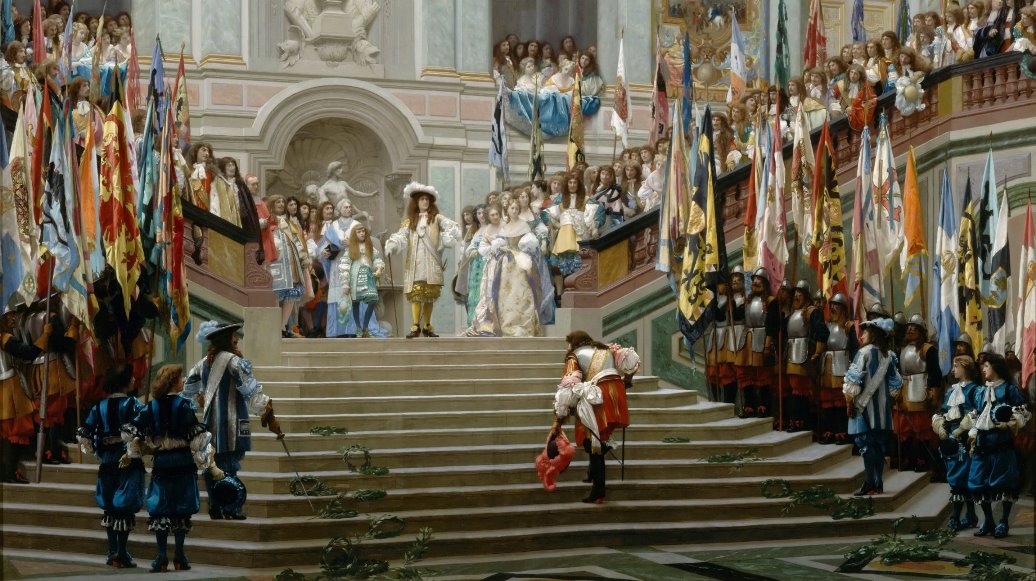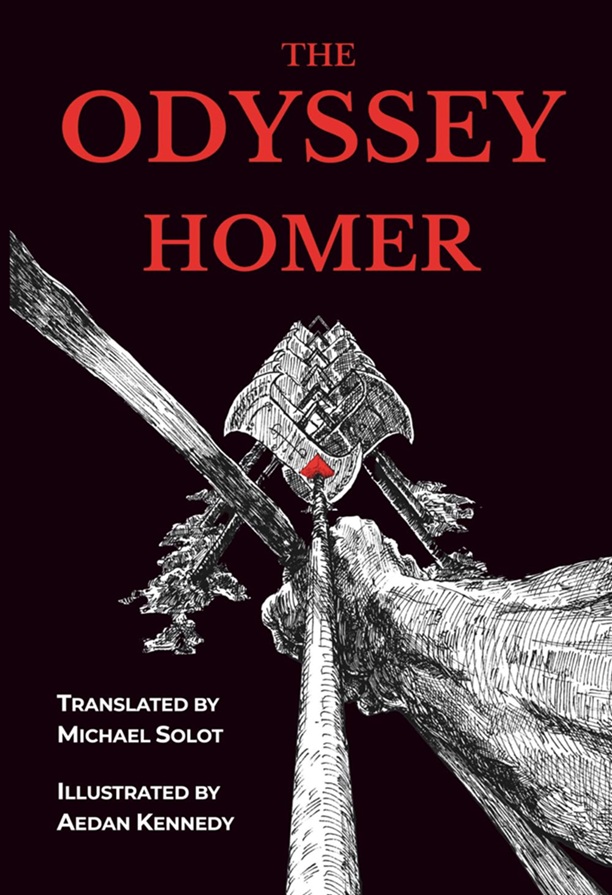I have been bid into the House of Song
To merry-make at Inspiration’s fest
Alas! I fear my raiment would but wrong
The stately host and every lofty gest!
See there the orphrey wrought with glinting rhyme!
The ragmas* styled with metaphors of gold!
Here flows the baudekin of thought sublime
With gleams of wisdom in its every fold!
My homespun verses cannot hope to vie
With fine accoutrements thus decked with art.
My lowly garment is a reverent eye,
With admiration’s meanly clad my heart.
I’ll don my dagswain and my hoddengrey.
I know no other but this meek array.
*Ragmas also called rakemat or ragmersh, is a valuable oriental, reputedly Indian, fabric either with a gold basis or more probably figured in gold, known in England from the middle of the 14th to the middle of the 16th century.
Alejandro Páez is a catholic priest currently living in Rome, Italy, where he is a researcher and professor of Philosophy at the Pontifical Atheneum Regina Apostolorum.















Oh my, what a delightful sonnet! Technically and metaphorically it is superb, and who won’t smile before those dagswains and hoddengreys? Congrats, Alejandro!
Robert Burns uses “hodden grey” in his most famous poem, “A Man’s a Man for a’ That,” precisely because of its coarseness and lack of color, in order to symbolize the social status:
What though on hamely fare we dine,
Wear hodden grey, an’ a that;
Gie fools their silks, and knaves their wine;
A Man’s a Man for a’ that.
Burns himself would have worn this drab peasant wool in his youth, at Alloway and for most of his Ayrshire period—before he became a Masonic dandy.
This is a beautiful piece of work, Alej: generally well-written; rich in language; containing strong rhymes; and a refreshingly novel subject-matter.
I used the word ‘generally’ ‘coz I feel that L12 either makes no sense to me, or makes no sense full-stop:
‘With admiration’s meanly clad my heart’.
Perhaps you could explain.
On a smaller scale, I’ve got a hunch (and only a hunch; I’m not confident that I’m right) that the word ‘thought’ in L7 should
be either preceded by an ‘a’:
‘..of a thought sublime’
or ‘thought’ be changed to the plural:
‘..of thoughts sublime’.
Like I said, it’s only a hunch, and I’m not sure about it; but to me, a person can either have ‘a sublime thought’.. or they can have ‘sublime thoughts’ . . but they can’t have ‘sublime thought’. D’you see what I’m saying?
But the above are only enquires, Alej, and they shouldn’t detract from what is a quality poem written with a really light touch.
Bravo . .